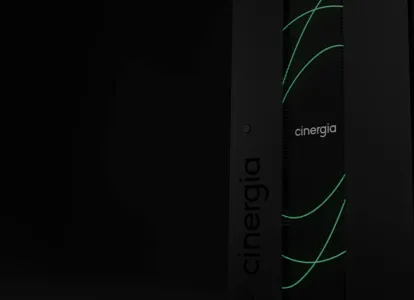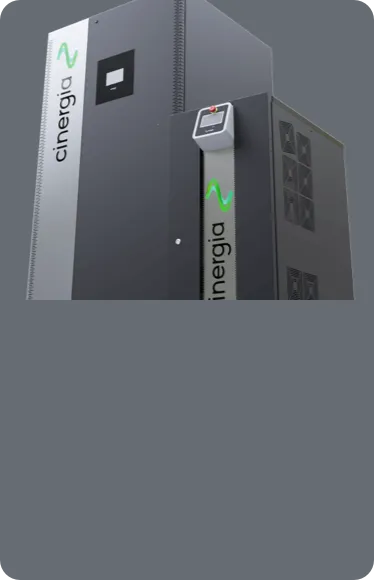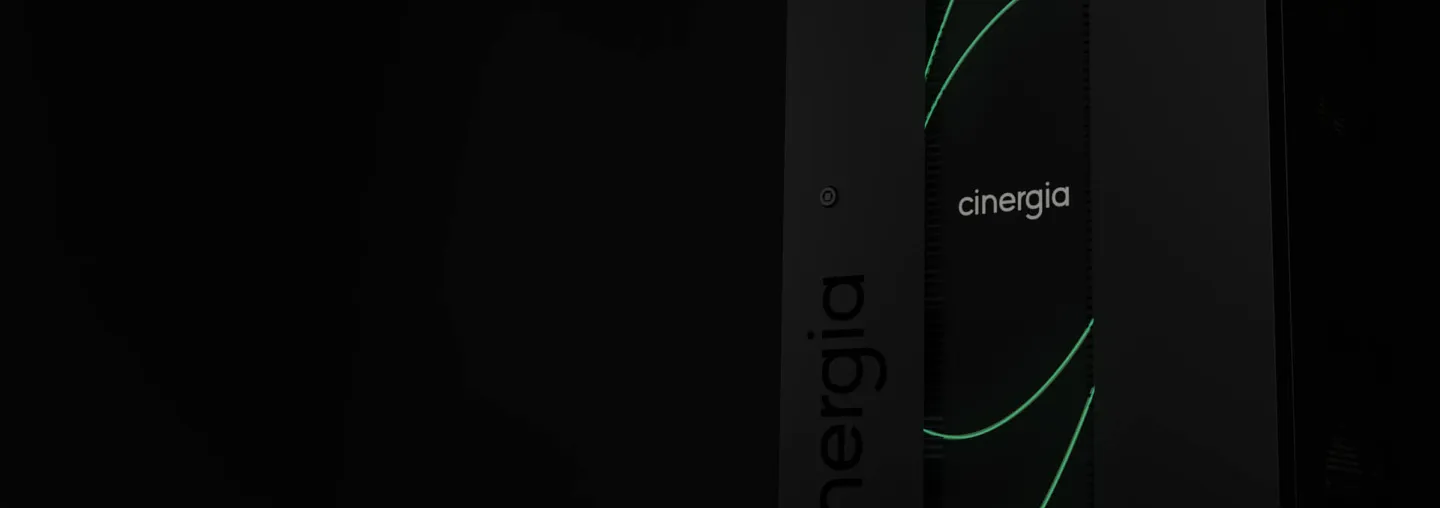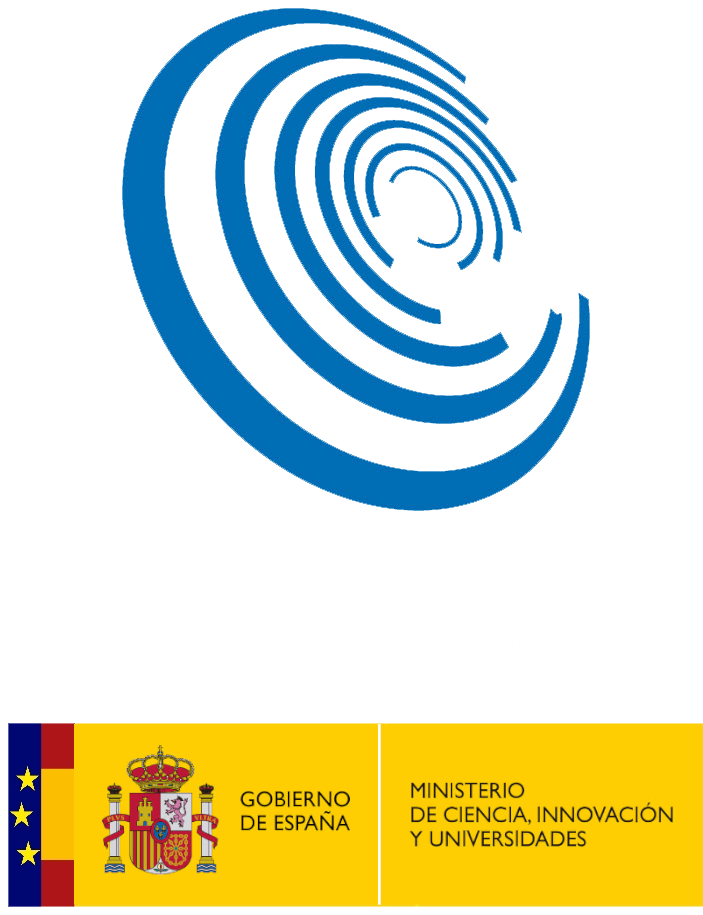
The technology behind our products
The ingenious technology developed by our R&D team is the key of the high performance, flexibility and intuitive use of our products.
Robustness and quality
Our product line is based on a hardware platform designed to work 24/7 and 365 days per year. The distribution of the internal parts has been carefully chosen to reduce the service time, if necessary. Regular maintenance is not requested except in harsh environments. Such combination of high-quality components and a thoughtful design has produced a very robust competitive power platform with low service time and maintenance needs. These characteristics are enhanced by Cinergia's internal production procedures by which each one of the units produced is tested exhaustively and meticulously during the factory acceptance test. This procedure consists of visual and mechanical inspections after assembly and adaptation, burn-in testing, calibration with high-accuracy power meters and a final comprehensive test of all functionalities at different voltage, current and power scenarios. Each phase of the production is properly documented and the quality system has been certified with the ISO 9001:2015, the world’s most recognised quality management standard.
Our product line is based on a hardware platform designed to work 24/7 and 365 days per year. The distribution of the internal parts has been carefully chosen to reduce the service time, if necessary. Regular maintenance is not requested except in harsh environments. Such combination of high-quality components and a thoughtful design has produced a very robust competitive power platform, with low service time and maintenance needs.
These characteristics are enhanced by Cinergia's internal production procedures, by which each one of the units produced is tested exhaustively and meticulously during the factory acceptance test. This procedure consists of visual and mechanical inspections after assembly and adaptation, burn-in testing, calibration with high-accuracy power meters and a final comprehensive test of all functionalities at different voltage, current and power scenarios.
Regenerative hardware
Converter formed by two IGBT-based power stages linked by a capacitive DC-bus. The grid-side stage is an Active Boost Rectifier which produces clean sinusoidal currents with very low harmonic distortion (<3%) and power factor close to one (adjustable by the user). Depending on the model, the converter at the equipment under test side can be an AC voltage-controlled sink/source, an AC current-controlled sink/source, an DC voltage-controlled sink/source or a DC current-controlled sink/source.
Upon this shared topology, each model (AC/DC, Voltage/Current Controlled) will differ to adapt the hardware to the specific functionalities and filtering needs.
Thanks to the bidirectional topology, all Cinergia's products are regenerative, resulting in a reduction of both the consumed energy during the tests and the power required from the electrical installation.
Cutting-edge control system
The know-how and experience on DSP-based digital control of our R&D engineering team, has produced a control platform and control firmware key to the flexibility and high-performance of CINERGIA’s converters. In AC, voltage or current are controlled by state-of-the-art digital Proportional-Resonant controllers. In DC, traditional PID controllers are combined with fast feedforward and saturating blocks for safety. Each of the three output IGBT legs are controlled independently allowing separated operation mode and/or setpoint on each channel. The core of the control platform is a 32-bit floating point DSPs, directly coded in C and assembler to optimise the execution of advanced control algorithms, communications and machine management tasks. An oversampling technique over the feedback signals allows high resolution and accuracy and, at the same time, high-dynamics of the output.
Upon this shared topology, each model (AC/DC, Voltage/Current Controlled) will differ to adapt the hardware to the specific functionalities and filtering needs.
Thanks to the bidirectional topology, all CINERGIA’s products are regenerative, resulting in a reduction of both the consumed energy during the tests and the power required from the electrical installation.
Intuitive interface
The user interface is based on an embedded-PC with Linux operating system, a 4.3″ LCD touch screen and an intuitive software for Windows. The first two components are integrated within the same converter allowing the equipment to be operated without the need of an external computer.
In addition, the embedded PC is a communications gateway between the internal DSPs and the open MODBUS/*TCP protocol from which the equipment can be controlled. It also allows performing complex and deterministic tests from the steps function and to make a log of the tests sampling up to 200 meters. The interface software has been designed to be intuitive and easy to use, capable to offer total control over the equipment while giving access to the multiple functionalities and allowing configuration of limits and alarms.
It also includes advanced options to facilitate the execution of specific tests, such as tests within the IEC standard or battery tests, among others. And to facilitate integration into an automated testing platform, we provide a communications protocol, drivers and an open-source.
Thanks to our bidirectional topology, the All-Terrain AC/DC Converter is regenerative, resulting in a reduction of both the consumed energy during the tests and the power required from the electrical installation.
This technology allows us to work in both directions, as power generators or offering a consumption for the realization of all types of tests.
Discover applications
Not sure about the product you need?
Our product line has been specially designed for functional testing, quality, R&D and academic applications.

Do you want to talk with one of our engineers?
We have experts in different areas who will be happy to answer your questions and queries.
Contact us






